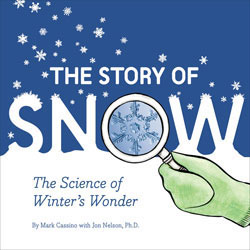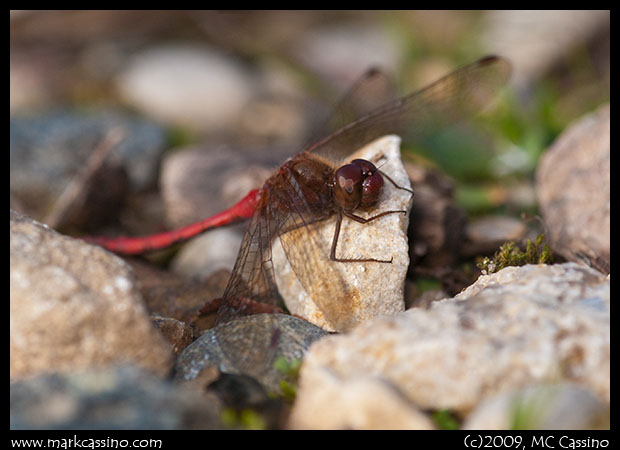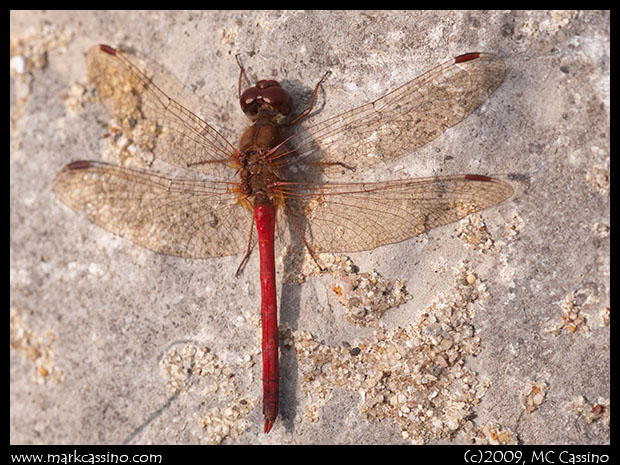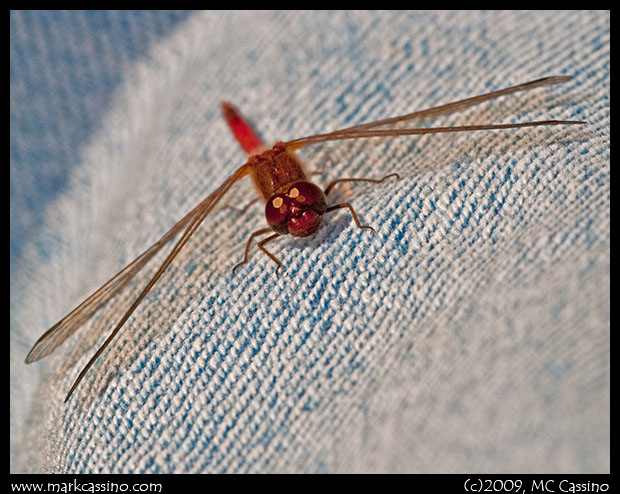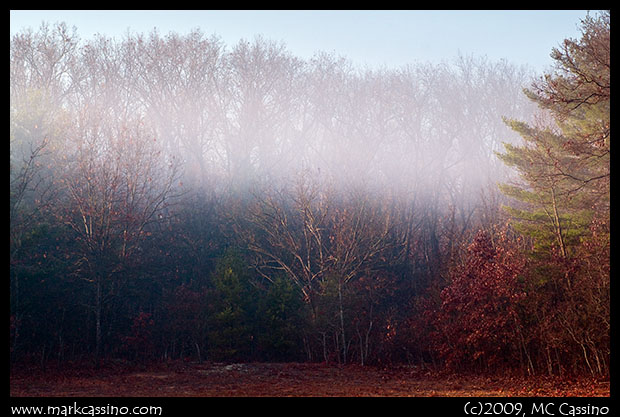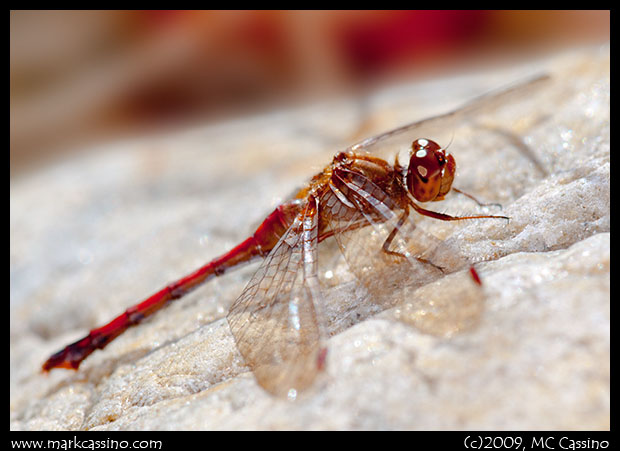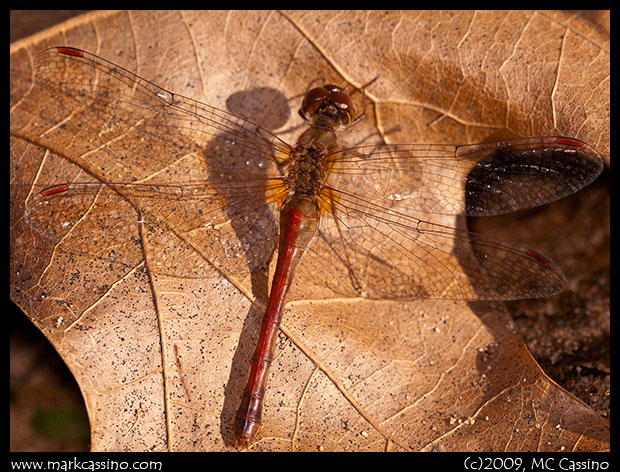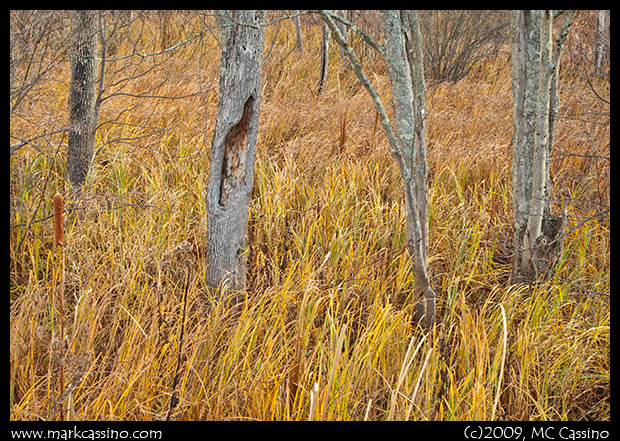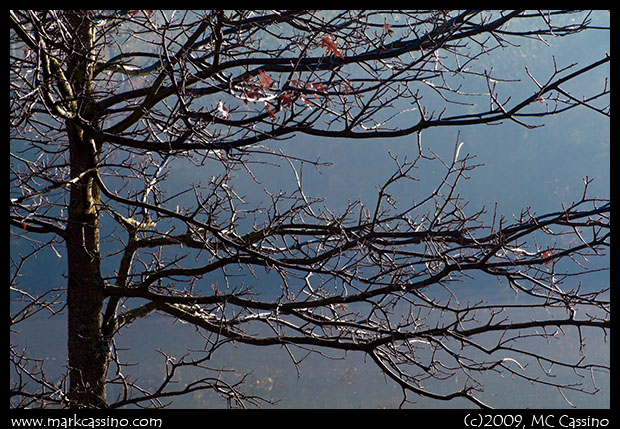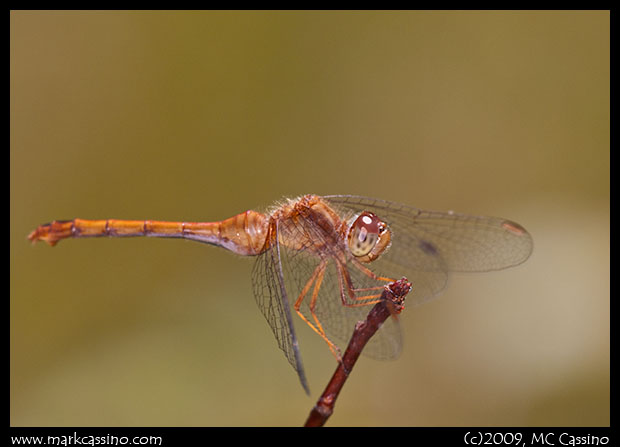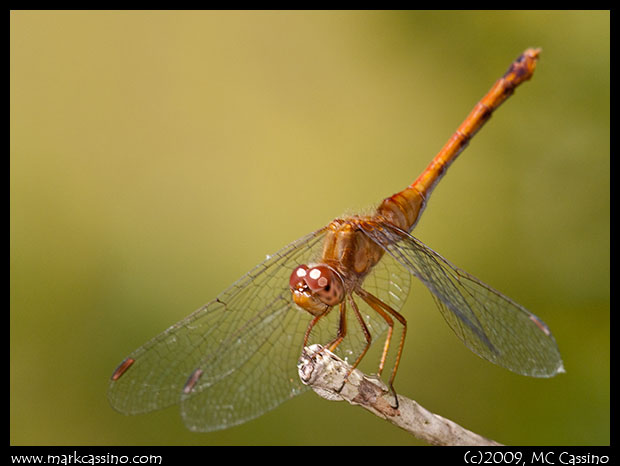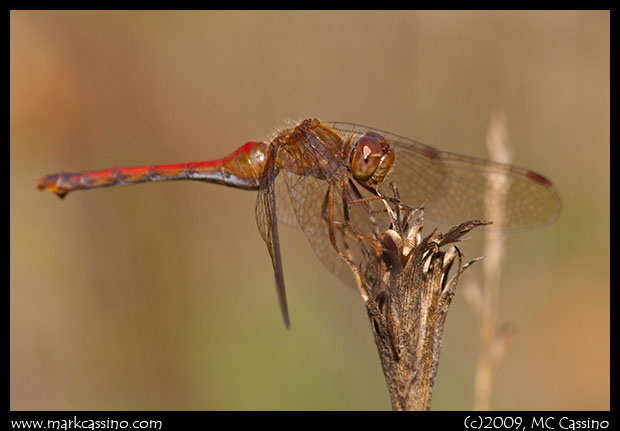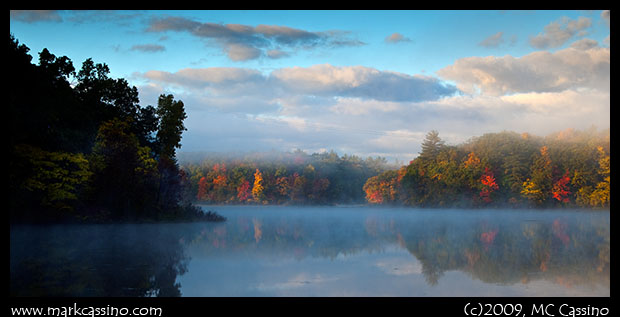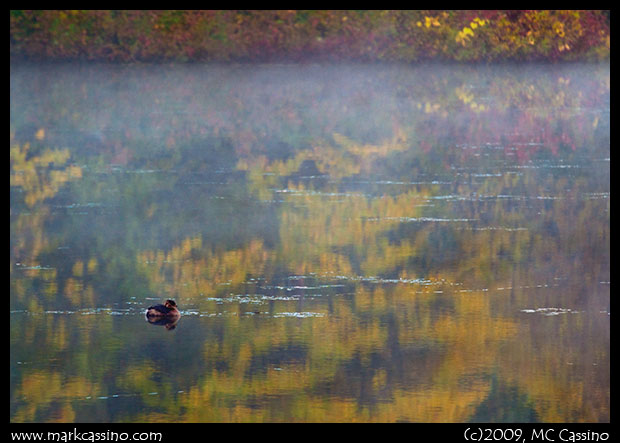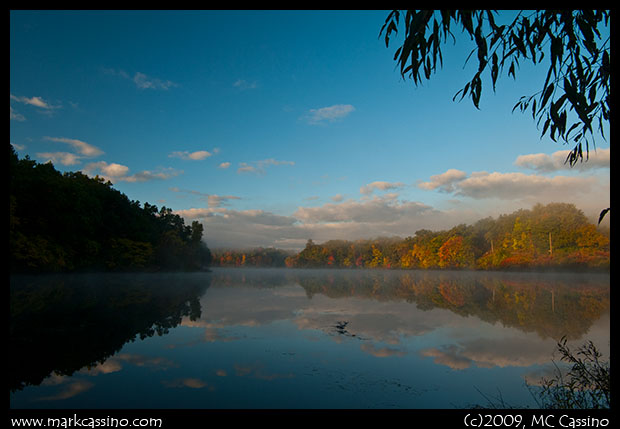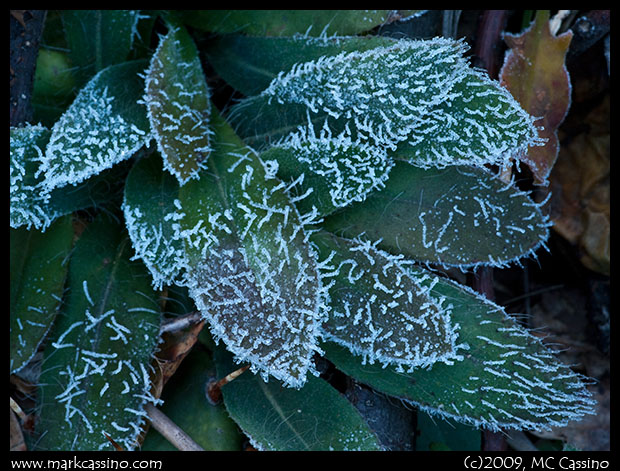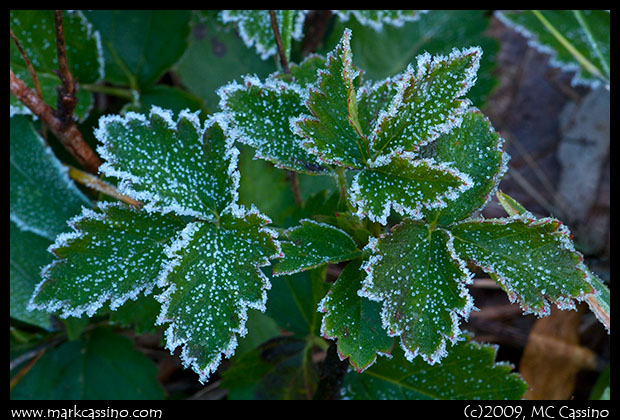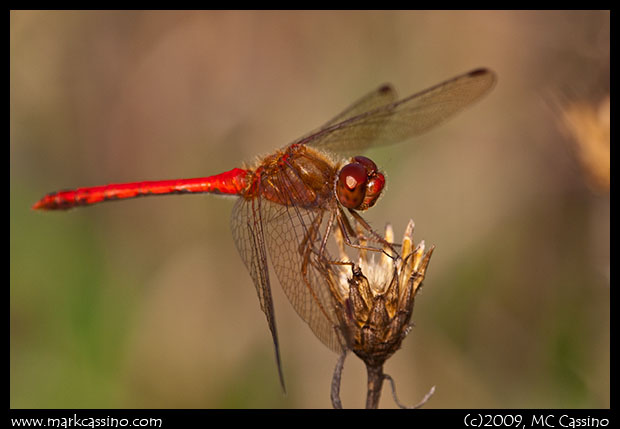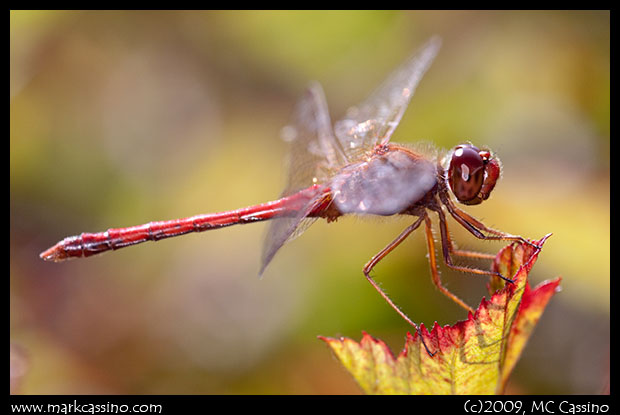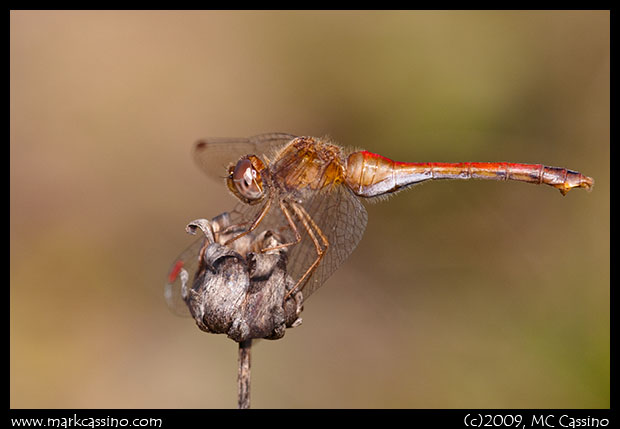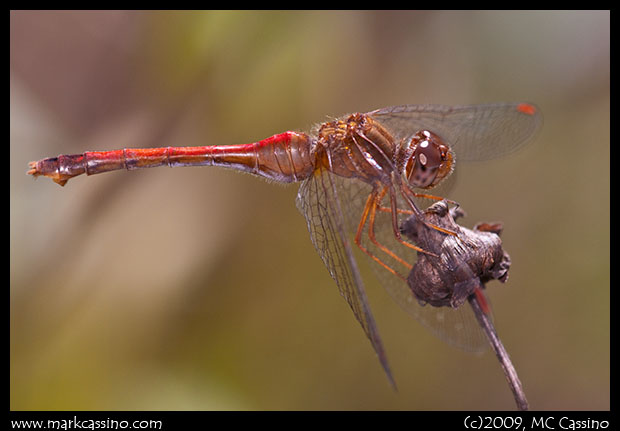November mornings are quiet, cool, often foggy. The rising sun slips through the bare tree branches, casting long shadows late into the morning. Here and then a lagging tree, leaves still red or gold, punctuates the brown landscape.
Dried leaves whirl in morning breezes. No songbirds sing from bare November branches, no insects click and whir. If you are lucky you can hear a chickadee, chattering in the jack pines. But usually only the laughter of crows or shrill cries of blue jay greet the ears.
After a cold October, November arrives unseasonably warm and mild. Autumn Meadowhawks have taken advantage of the warm spell, and fill the fields in great numbers. They land on the rocks along the Swan Creek levee to warm themselves in the sun. They fly as joined pairs over the water and weave up and down, depositing eggs for next year’s brood. They land on the dark brown leaves that cover the ground, and eye the skies above for prey.
As the day warms, grasshoppers tumble through the dried grass and the occasional moth flits over the brown vegetation. Garter snakes sun themselves on the rocks as well. The little snakes are no longer black and gold, but rather a dull dark brown with yellow bands and orange flecks on their sides. No doubt the grasshoppers will offer up a welcome late autumn meal to these little serpents, before winter’s long hibernation.
In my heart I wish it was cold and miserable. The warm sunshine and summer-like temperatures are like a Halloween mask. They hide the realities of the autumn woods…
The rolling hills of the old farmstead have begun to recover from last summer’s mowing. Small oak springs have emerged from the ground, leafed out, and already are shedding their new foliage. The little springs transition from the rich tannin infused colors of new growth and take on almost day-glo colors as they prepare to drop their leaves.
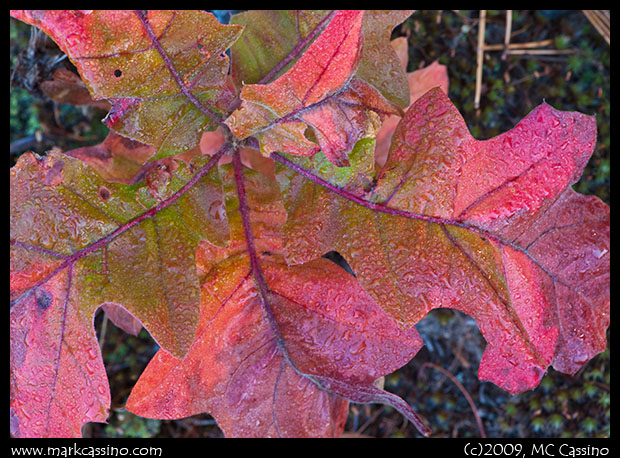
Bare trees reflect in the smooth surface of the intermittent pond. A small patch of lily pads have emerged in the area I once called ‘the heart of the marsh’ back when this was a seasonal marsh. It was the one area that never got completely dry, no matter how long and hot the summer. Now as I stand by the edge of the water I hear the growls of logging activities. A section of the forest just to the south of the pond is being clear-cut. Florescent red ribbons have been tied around the larger pines near the water’s edge, and a pair of tire tracks gash through the sandy soil, running the length of the field. We take things for granted when we expect them to last.
